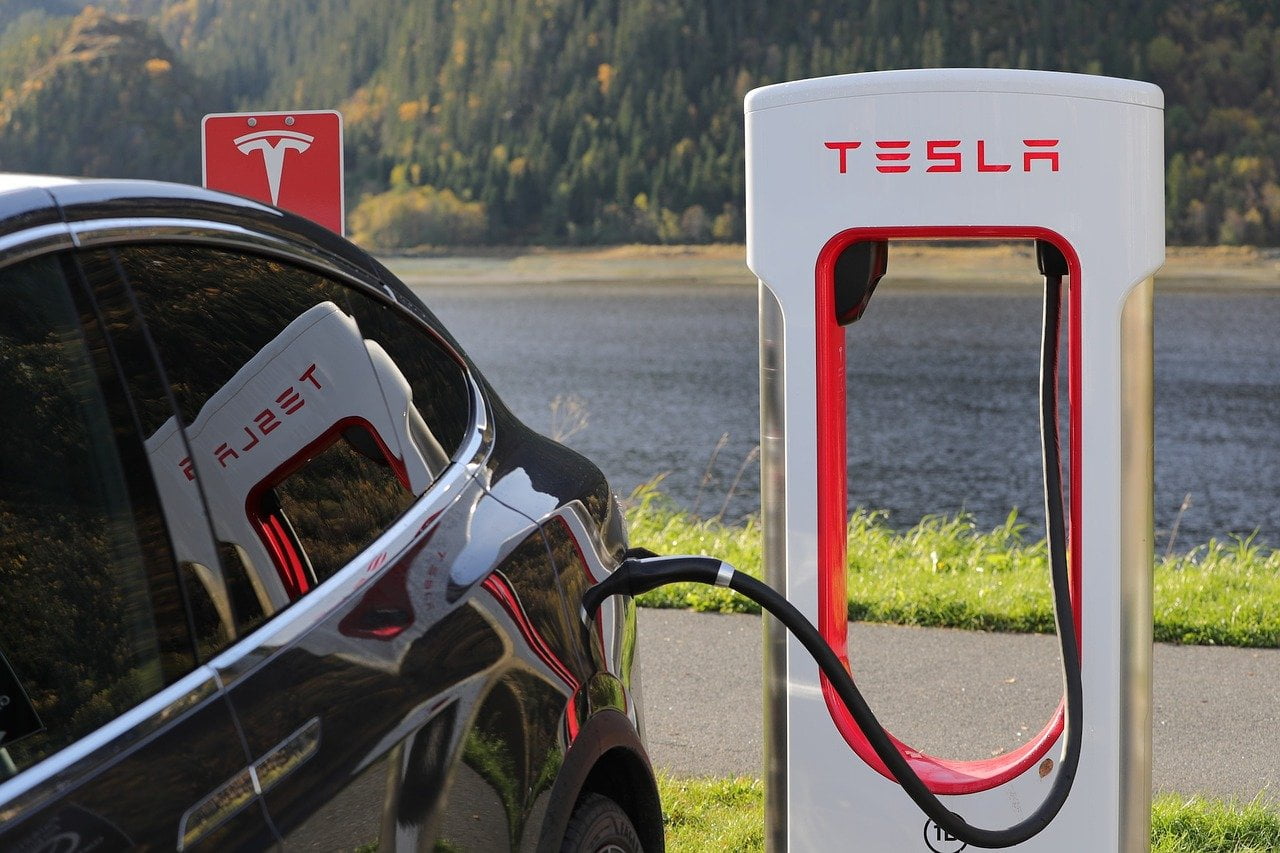Whitney Tilson’s email to investors discussing Tesla Inc (NASDAQ:TSLA) market share, growth, and target price of $13.50.
[soros]Q1 2021 hedge fund letters, conferences and more
Tesla’s Global BEV Sales In 2020
4) A friend’s take on the news that Tesla’s had a 24.9% share of global BEV sales in 2020:
How does this market share relate to Tesla’s share of market cap?
Even if the whole car industry was valued solely on the BEV part, having one-quarter market share when Tesla constitutes around half of the entire industry’s market cap, suggests that Tesla is overvalued by 2x on that (insanely over-optimistic) metric alone.
Mind you, this is based on unit sales, not dollar profitability. Tesla looks worse if things need to be translated from units sold to net margin.
But of course the right market cap metric isn’t based on share of the BEV market overall. It’s about the whole car market, globally.
Tesla has one-quarter of the BEV market. If the BEV market is now 4% of the total, that means Tesla is at 1% of the entire car market.
So let’s think about this: Tesla has 1% of the market but 50% of the market cap — all while being less profitable than the other automakers.
That suggests to me that Tesla might be 50x overvalued. Tesla is trading at $675 right now. Divide by 50. Target price: $13.50.
But it gets worse. Global share can be measured… globally — but it’s also a sum total of individual parts. Once you see what is going on in any given geography, any perils may be exposed.
Take Europe for example — it’s close to one-third of the world market. Here are Tesla’s Model 3 market share numbers (Y isn’t available yet, and S/X are immaterial):
| Europe | Tesla Model 3 | Total EV sales | Tesla M3 % | market growth | Tesla growth |
| Jan 2019 | 0 | 33431 | 0% | ||
| Feb 2019 | 3757 | 32671 | 11% | ||
| Mar 2019 | 15771 | 59741 | 26% | ||
| Apr 2019 | 3738 | 37111 | 10% | ||
| May 2019 | 2489 | 37399 | 7% | ||
| Jun 2019 | 11604 | 47384 | 24% | ||
| Jul 2019 | 3478 | 35838 | 10% | ||
| Aug 2019 | 5286 | 35278 | 15% | ||
| Sep 2019 | 17490 | 58662 | 30% | ||
| Oct 2019 | 1767 | 48219 | 4% | ||
| Nov 2019 | 7380 | 55033 | 13% | ||
| Dec 2019 | 22137 | 77248 | 29% | ||
| 2019 | 94897 | 558015 | 17% | ||
| Jan 2020 | 1517 | 74663 | 2% | 123% | n/a |
| Feb 2020 | 3589 | 69538 | 5% | 113% | -4% |
| Mar 2020 | 16121 | 84349 | 19% | 41% | 2% |
| Apr 2020 | 2461 | 31500 | 8% | -15% | -34% |
| May 2020 | 2278 | 46805 | 5% | 25% | -8% |
| June 2020 | 7224 | 92880 | 8% | 96% | -38% |
| Jul 2020 | 856 | 113659 | 1% | 217% | -75% |
| Aug 2020 | 7020 | 97482 | 7% | 176% | 33% |
| Sep 2020 | 16125 | 160059 | 10% | 173% | -8% |
| Oct 2020 | 872 | 146606 | 1% | 204% | -51% |
| Nov 2020 | 5014 | 166255 | 3% | 202% | -32% |
| Dec 2020 | 24664 | 281171 | 9% | 264% | 11% |
| 2020 | 87741 | 1364967 | 6% | 145% | -8% |
| Jan 2021 | 1507 | 112776 | 1% | 51% | -1% |
| Feb 2021 | 5506 | 115827 | 5% | 67% | 53% |
| Mar 2021 | 24184 | 227969 | 11% | 170% | 50% |
| 2021 YTD | 31197 | 456572 | 7% |
Every single month since the beginning of 2020, Tesla’s growth rate has been lower than Europe’s overall EV growth rate — and in most months by a dramatic difference. For 2020 as a whole, the European EV market was up 145%. Tesla? DOWN 8%.
This is what happens when competition shows up in en masse. That happened in Europe first. China/Asia and North America? It’s a couple of years behind, just starting to happen now.
Once the numbers for all of 2021 have been counted, in early 2022, the verdict will show that Tesla lost market share in 2021. Just like it did so dramatically in Europe in 2020.
Why? Because the other automakers will grow their EV business faster than Tesla, in 2021.
But even if their growth rates turn out to be similar, then you would have to conclude that Tesla should not deserve a valuation premium, and that it should trade a lot closer to that $13.50 per share price where basic fairness and logic suggests that the gravitational point of Tesla’s valuation resides.
Translating Tesla’s relative valuation to smartphone market terms, it is as if a tiny 1% Android maker had obtained a market cap over four times larger than all of Apple. That’s how absurd Tesla’s market cap is in the auto industry today. It’s a magnitude-and-a-half off.












